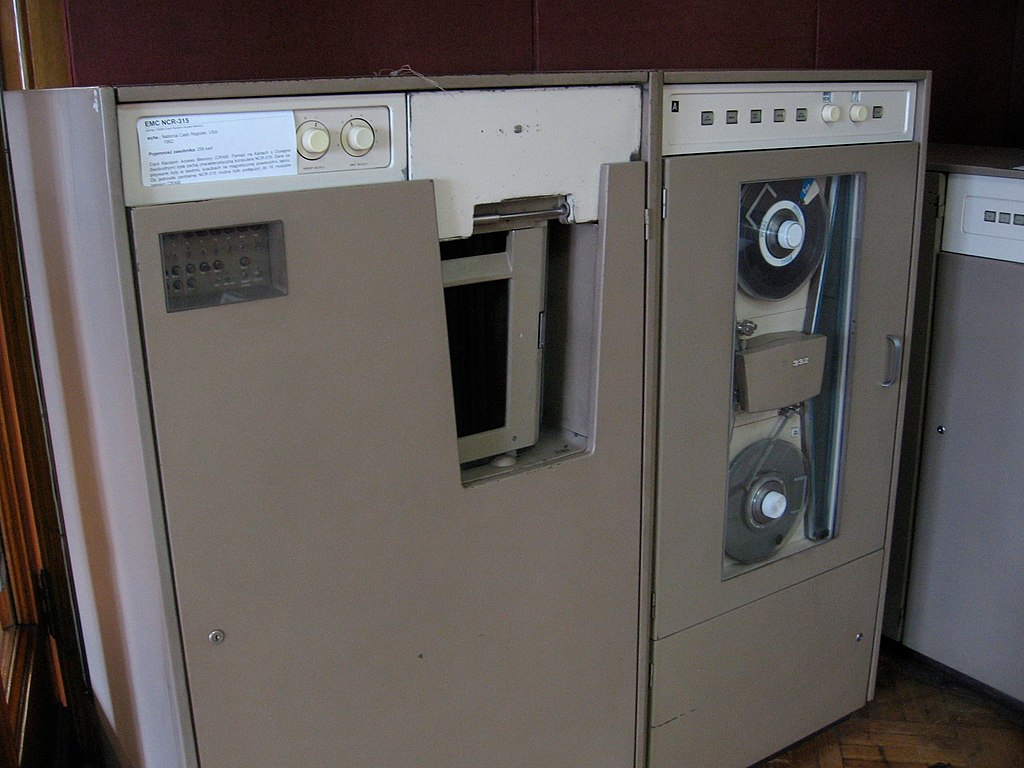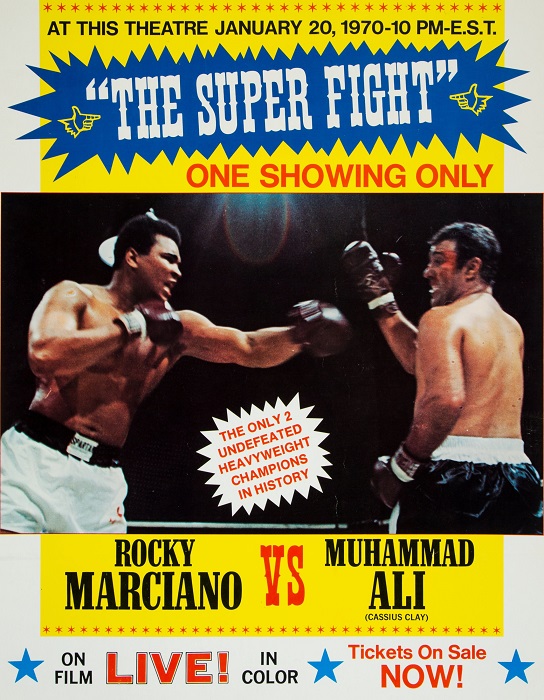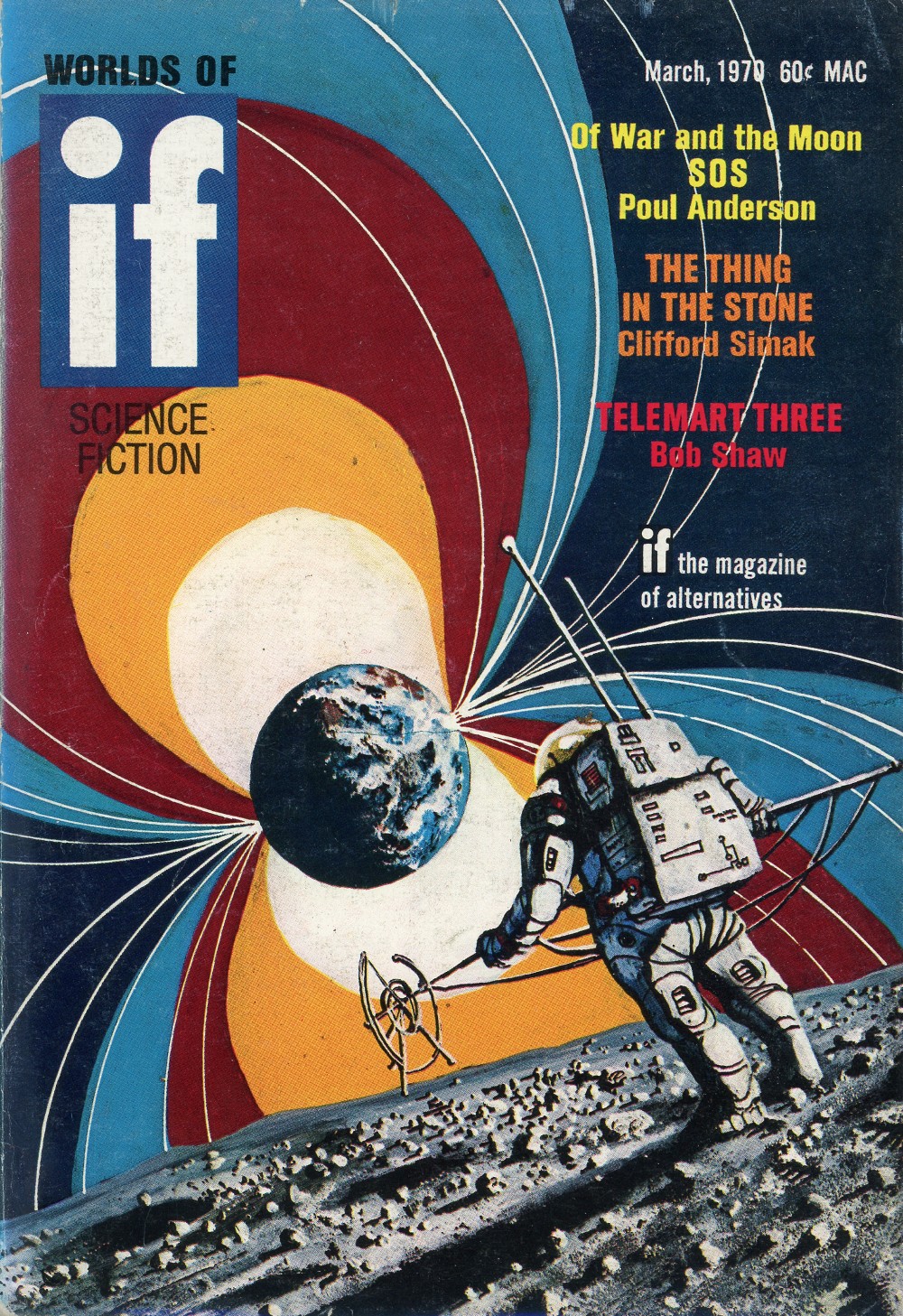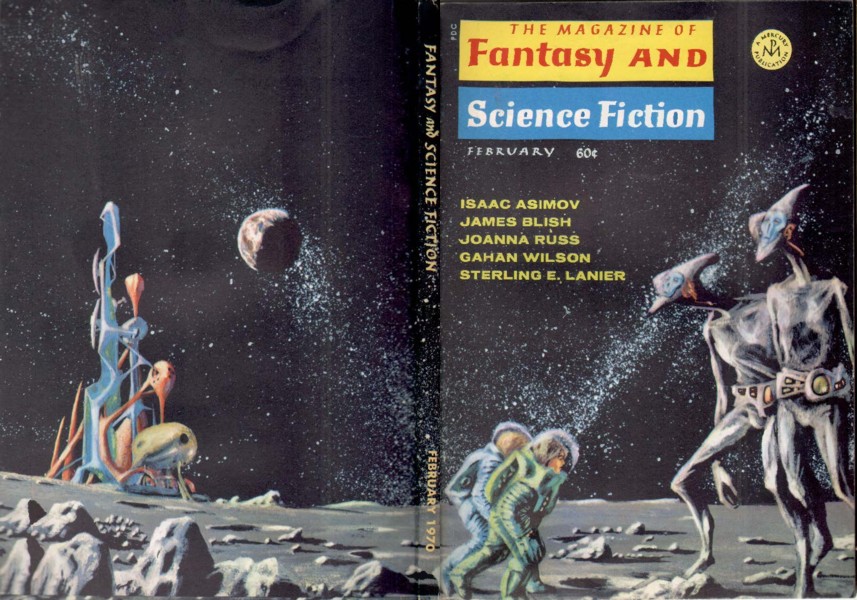
by David Levinson
Back in 1967, a radio producer by the name of Murray Woroner came up with the idea of using a computer to work out who the best heavyweight fighter of all time is. He polled 250 boxing writers and came up with a list of 16. He then worked closely with a programmer to input everything that could be determined about each boxer into a computer.
Match-ups were set up as a single-elimination tournament to be broadcast as a series of radio plays. Each fight was run through an NCR 315 computer the night before broadcast to create a blow-by-blow account of the fight. Woroner and boxing announcer Guy LeBow would then “call” the fight as if it were really happening. In the end, Rocky Marciano beat Jack Dempsey and was awarded a championship belt worth $10,000.
 The arbiter, an NCR 315.
The arbiter, an NCR 315.
Ali was not happy. The computer had him losing in the quarter finals to Jim Jeffries, a boxer he has little respect for. He sued for defamation of character, asking for $1 million. They settled when Ali agreed to take part in a filmed version of a computerized fight between him and Marciano in return for $10,000 and a cut of the box office.
Last year, Ali and Marciano got together and sparred for over 70 rounds, filming a few different versions of events that the computer might predict. Marciano dropped 50 pounds and wore a toupee so he’d look more like he did in his prime. Ali probably had to get back in shape too, since he’s been banned from boxing for refusing induction into the army. Instinct seems to have taken over for both men. Ali bloodied Marciano’s nose and opened cuts over his eyes (Rocky always bled easily); at one point, Ali was so exhausted he refused to go back into the ring (until he got another $2,000) and could barely raise his arms enough to eat breakfast the next day. Filming ended just three weeks before Marciano was killed in a plane crash last Labor Day.
Armed with hours of footage and the top secret computer result, Woroner and his team put together a film they dubbed The Super Fight. On January 20th, it aired in 1,500 theaters in the US, Canada, and Europe via closed-circuit television, with viewers paying a whopping $5.00 a head.
How did it turn out? Ali is not happy. The computer had him knocked out in the 13th round. He’s talking about another defamation suit. Maybe he’ll change his mind when he finds out that was only in the US and Canada. European viewers saw Ali win by TKO. The producers are also talking about destroying all the prints.
 Movie poster for the event. That “LIVE!” is a little deceptive, which is something else Ali is complaining about.
Movie poster for the event. That “LIVE!” is a little deceptive, which is something else Ali is complaining about.
It’s a rather science-fictional concept we’ve seen in other guises. Maybe Murray Woroner got his original idea from the Star Trek episode “A Taste of Armageddon.” Of course, any statistician will tell you that a single simulation doesn’t really say anything. Rolling a die once doesn’t tell you if it’s fair; it takes hundreds or thousands of repetitions to determine that. But when the computer needs 45 minutes to determine the events of one match, this is the best that can be expected. For now.
Not what it looks like
Authors like to counter readers’ expectations. It’s a good way to evoke a response, particularly in a genre that has a fair number of cliches and formulas. Sometimes, the surprise comes from the author doing something that’s not what you expect that particular writer to do or say. This month’s IF offers some of both.
 Art actually for “SOS,” rather than just suggested by. Maybe because it’s by Mike Gilbert, not the overworked Jack Gaughan.
Art actually for “SOS,” rather than just suggested by. Maybe because it’s by Mike Gilbert, not the overworked Jack Gaughan.
Continue reading [February 2, 1970] Deceptive Appearances (March 1970 IF)

![[February 2, 1970] Deceptive Appearances (March 1970 <i>IF</i>)](https://galacticjourney.org/wp-content/uploads/2025/01/IF-1970-03-Cover-479x372.jpg)
![[January 20, 1970] Jolly good Ffelowes (February 1970 <i>Fantasy and Science Fiction</i>)](https://galacticjourney.org/wp-content/uploads/2025/01/700120fsfcover-672x372.jpg)


